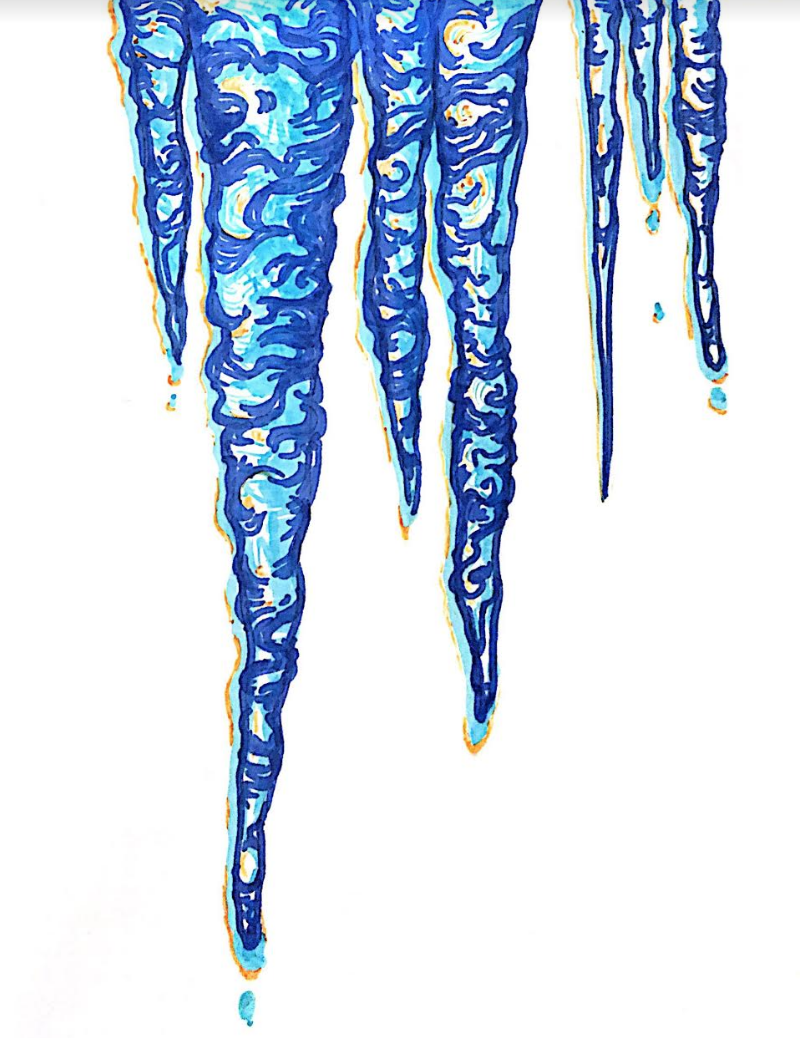Some McGill students count themselves lucky for bearing the harsh Montreal winters. Despite what may feel like another long and harsh winter coming to an end, a recent CBC data analysis shows that winters in Canada are only getting milder. Over the last two decades, they have consistently been characterized by warmer temperatures and less snowfall than any other period in recorded meteorological history.
Since the 1950s, Environment Canada has been measuring the depth of winter snowfall across the country. In 2016, 90 per cent of weather stations reported a decrease in the number of days on which there was at least one centimetre of snow on the ground. Ninety-nine per cent of the same stations reported an upward trend in average winter temperatures. This past January, the maximum snow depth was half of what it was between 1955 and 1975 in Quebec City and Montreal.
Montreal’s climate is very sensitive to even the most minute alterations in winter temperatures.
“It’s such a small temperature change that makes the difference between freezing rain and snow or freezing rain and rain that it’s hard to predict a clear answer,” Christopher McCray, Ph.D. candidate in the Department of Atmospheric & Oceanic Sciences, said. “You may expect to see less freezing rain on the whole, but there is also the possibility that precipitation that falls as snow will instead fall as freezing rain.”
While temperature plays a major role in determining snow accumulation, snowfall itself has a significant impact on reducing daily temperature. During the daytime, snow reflects the sun’s radiation back into the atmosphere. At night, snow releases the heat it accumulates during the day, contributing to the cooler temperatures felt on the ground.
With decreased amounts of snowfall, cooling becomes more vulnerable to other variables such as the amount of sunlight and daily temperature.
“If you get less snow cover because it is warmer, you, in turn, accelerate that warming in the winter,” McCay said.
McCay stressed that observing rainfall is a statistically significant way to model the effects of Earth’s changing climate.
“This winter was the second most rainy since precipitation data started being collected in the 1940s,” McCay said. “[Rainfall] is a very strong trend compared to other variables. The wintertime increase in rain is very steep.”
Meteorologists recorded Montreal’s rainiest winter in history only three years ago in 2016.
Recent flooding in the American midwest is a stark reminder of the dangers that warmer winters can pose. Whereas typical winter conditions allow for melting snow to drain into the ground over a period of weeks in the spring, the frozen ground and increased rainfall are ingredients for disaster. As rainwater continued to accumulate on the saturated surface of the ground, the great plains quickly began to resemble the Great Lakes, and more than 450 people were displaced by heightening flood waters. In the town of Norfolk, Nebraska, almost 60mm of rain fell over the duration of less than a week in mid-March.
With anthropogenic climate change showing no signs of slowing down, local residents can expect Montreal’s future winters to continue to warm.






